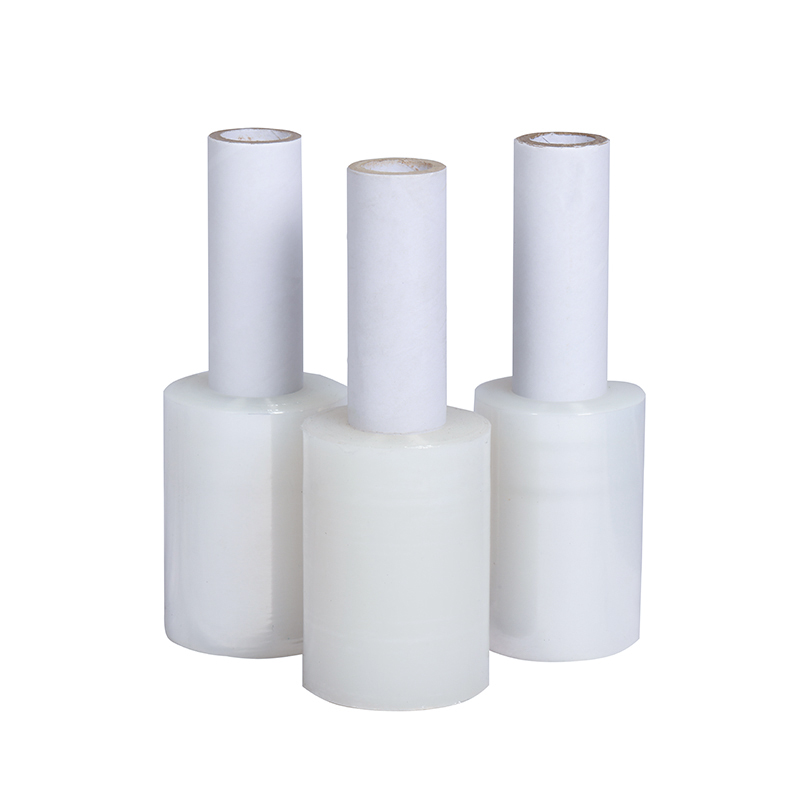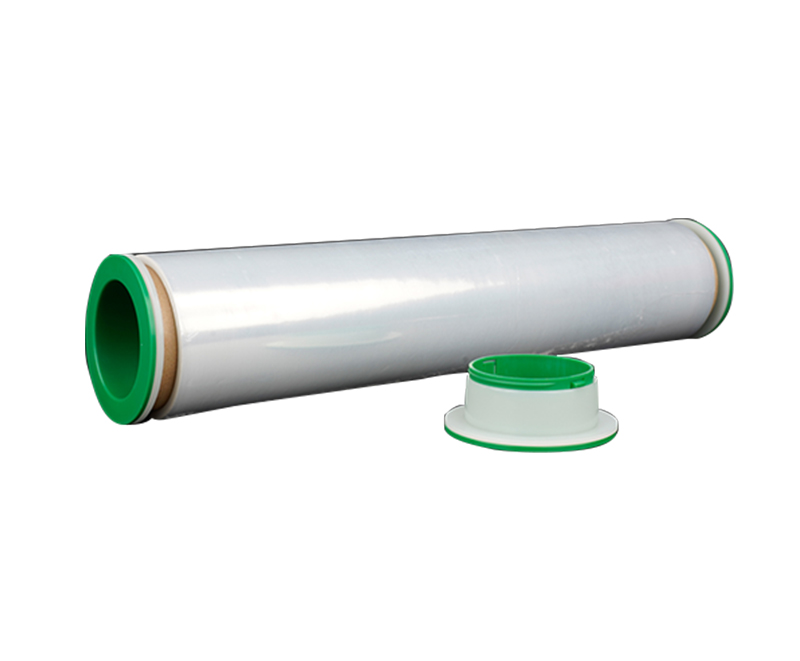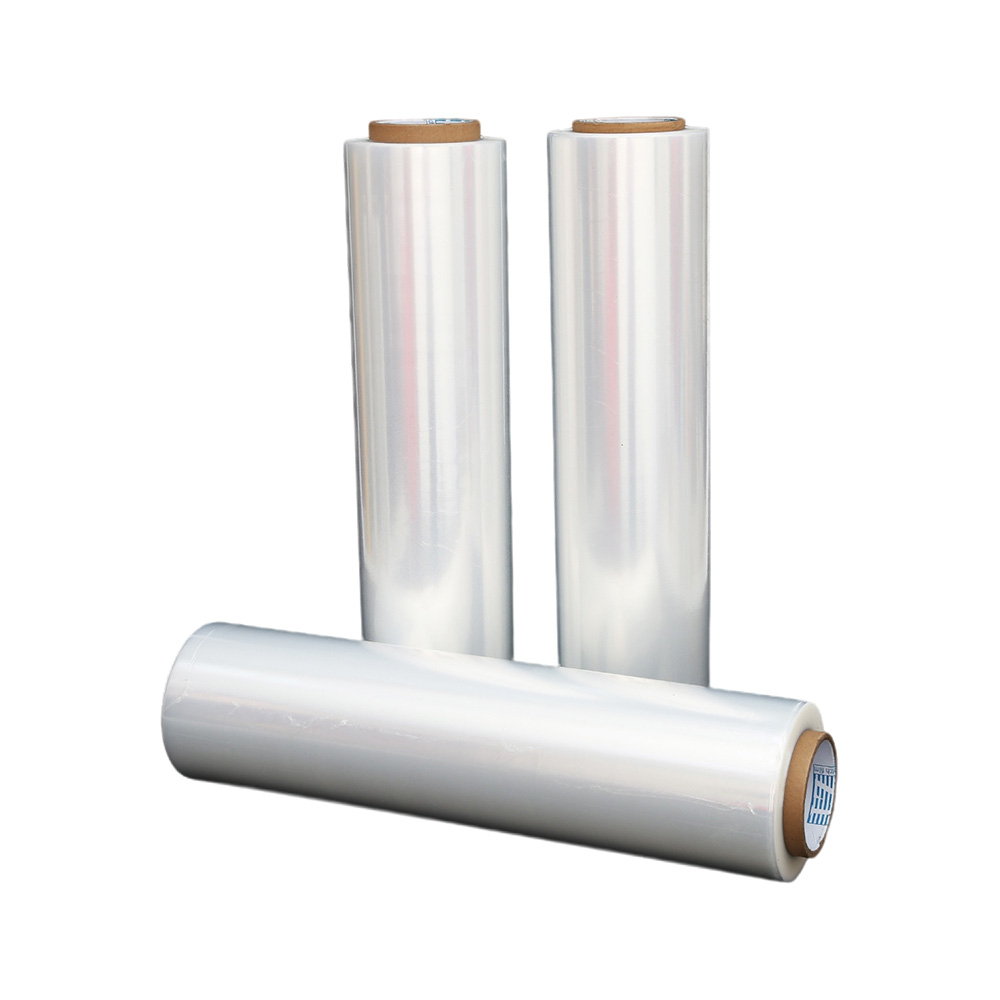Wrapping Dry Hay Bales with Plastic to Extend Quality
Source:Wrapping Dry Hay Bales with Plastic to Extend QualityTime:2024-12-04Visitors:
Introduction
Storing hay is a critical aspect of agricultural management, ensuring that livestock have access to nutritious feed throughout the year. However, improper storage can lead to significant losses due to moisture, pests, and environmental degradation. One effective solution to extend the quality and longevity of dry hay bales is wrapping them with plastic wrap. This method not only preserves the hay's nutritional value but also provides numerous other benefits that make it a preferred choice for farmers and agricultural businesses worldwide.
Why Proper Hay Bale Wrapping is Essential?
Properly wrapping hay bales is more than just a storage technique; it's a vital practice that safeguards your investment. Here’s why it's essential:
Protection from Environmental Factors
-
Moisture: One of the primary threats to hay quality is moisture, which can lead to mold growth and nutrient loss. Plastic wrap acts as a barrier, preventing rain and dew from penetrating the bale.
-
Pests: Insects and rodents can damage hay bales, making them unfit for animal consumption. Wrapping bales deters pests, ensuring the hay remains intact and safe.
-
UV Rays: Prolonged exposure to sunlight can degrade hay quality. Plastic wrap provides a shield against harmful UV rays, maintaining the hay's integrity.
Maintaining Nutritional Quality
Freshness is crucial for the nutritional value of hay. Wrapping helps retain essential nutrients by minimizing exposure to air and moisture, ensuring that livestock receive high-quality feed.
Reducing Waste and Economic Benefits
By preserving hay quality, wrapping reduces the need for frequent replacement, leading to significant cost savings. Additionally, it minimizes waste, contributing to more sustainable farming practices.
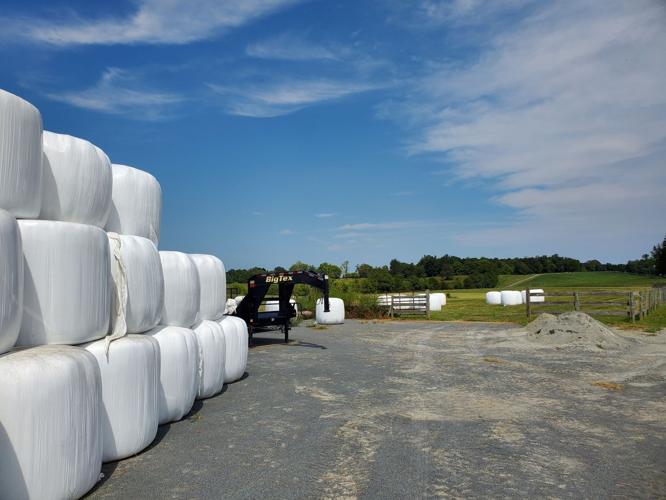
Advantages of Using Plastic Wrap for Hay Bales
Wrapping dry hay bales with plastic wrap offers numerous advantages that enhance storage efficiency and hay quality:
Extended Shelf Life
Plastic wrap creates an airtight seal around hay bales, significantly extending their shelf life. By preventing moisture ingress, it ensures that the hay remains dry and free from mold, preserving its nutritional content for longer periods.
Enhanced Durability
Wrapped hay bales are more durable and resistant to physical damage. The plastic layer protects the bales from external impacts, reducing the risk of tearing or crushing during handling and transportation.
Cost-Effectiveness
Investing in plastic wrap for hay bales is a cost-effective strategy. While there is an initial expense, the long-term savings from reduced hay spoilage and less frequent replacement make it a financially sound choice for farmers.
Environmental Benefits
Modern plastic wraps are designed to be durable and reusable, aligning with sustainable agricultural practices. By reducing hay waste, plastic wrap contributes to environmental conservation efforts.
Zhiteng Packing’s Superior Plastic Wrap Solutions
At Zhiteng Packing, we understand the critical role that high-quality packaging plays in agricultural success. Our range of plastic wrap solutions is specifically designed to meet the unique needs of hay bale wrapping, ensuring optimal protection and longevity.
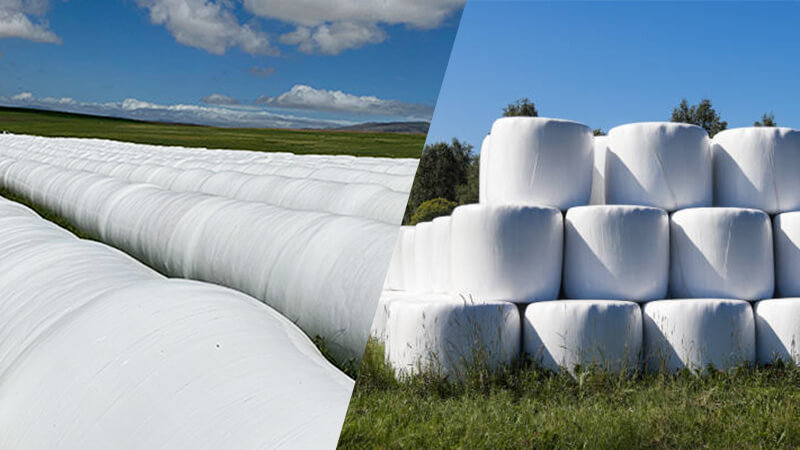
Product Range Relevant to Hay Bale Wrapping
-
High-Durability Plastic Wrap: Our wraps are made from premium materials that offer superior resistance to tears and punctures, ensuring that your hay bales remain protected under various conditions.
-
Customizable Sizes: We provide plastic wraps in various sizes and thicknesses, allowing you to select the perfect fit for your hay bales, regardless of their dimensions.
-
Eco-Friendly Options: Committed to sustainability, Zhiteng Packing offers eco-friendly plastic wraps that are both reusable and recyclable, minimizing environmental impact.
Key Features of Our Plastic Wraps
-
Quality Assurance: Each roll of our plastic wrap undergoes stringent quality control measures to ensure consistency and reliability.
-
Durability: Engineered to withstand harsh weather conditions, our wraps provide long-lasting protection for your hay bales.
-
Customization: We offer tailored solutions to meet specific customer requirements, ensuring that you receive the most effective packaging for your needs.
Best Practices for Wrapping Hay Bales with Plastic Wrap
To maximize the benefits of plastic wrap, it's essential to follow best practices during the wrapping process. Here’s a step-by-step guide:
Step 1: Prepare the Hay Bales
Ensure that the hay bales are completely dry before wrapping. Moisture can lead to mold growth even after wrapping, so it's crucial to store hay in a dry environment prior to wrapping.
Step 2: Select the Right Plastic Wrap
Choose a high-quality plastic wrap from a reputable supplier like Zhiteng Packing. Consider factors such as thickness, durability, and UV resistance based on your specific needs.
Step 3: Wrap the Bale Securely
-
Start by positioning the plastic wrap at the base of the bale.
-
Pull the wrap tightly around the bale, ensuring full coverage.
-
Overlap the wrap by several inches to prevent any gaps.
-
Secure the wrap with adhesive or by tightly twisting the ends.
Step 4: Double Wrap for Extra Protection
For added durability, consider double wrapping the hay bales. This provides an extra layer of protection against moisture and pests, ensuring maximum longevity.
Step 5: Store in Optimal Conditions
After wrapping, store the hay bales in a well-ventilated, dry area. Proper storage conditions complement the protection offered by the plastic wrap, further enhancing hay quality.
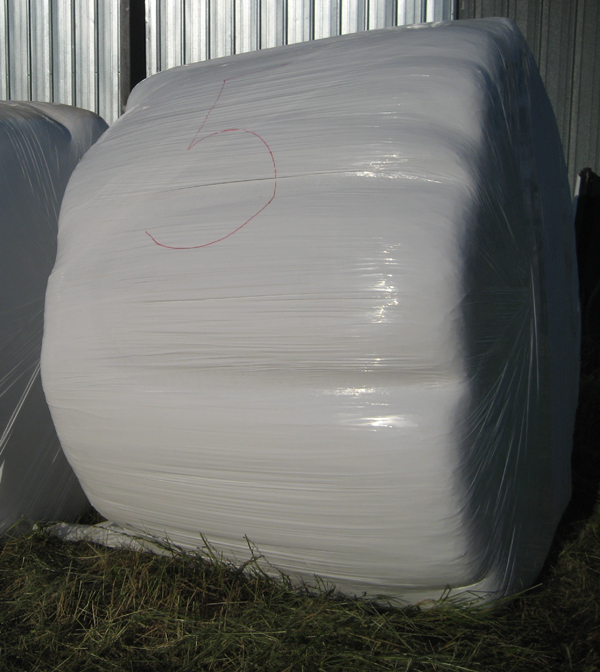
Tips for Selecting the Right Type of Plastic Wrap
-
Thickness: Thicker wraps offer better durability and protection.
-
UV Resistance: If storing hay outdoors, opt for UV-resistant wraps to prevent degradation from sunlight exposure.
-
Reusability: Choose wraps that can be reused multiple times to enhance sustainability and cost-effectiveness.
Common Pitfalls to Avoid
-
Insufficient Coverage: Ensure that the entire bale is covered to prevent moisture ingress.
-
Loose Wrapping: Tight wrapping is essential to create an airtight seal.
-
Ignoring Quality: Low-quality wraps can tear easily, compromising the protection of the hay.
Common Mistakes to Avoid When Wrapping Hay Bales
Proper wrapping is crucial, but certain mistakes can undermine the effectiveness of your efforts. Here are common pitfalls to avoid:
Insufficient Coverage
Failing to cover the entire bale can leave parts exposed to moisture and pests. Always ensure complete coverage by overlapping the plastic wrap adequately.
Using Low-Quality Materials
Opting for cheaper, low-quality plastic wraps may save money upfront but can lead to increased hay spoilage and replacement costs in the long run. Invest in high-quality wraps from trusted suppliers like Zhiteng Packing.
Improper Storage Conditions Post-Wrapping
Even with the best wrapping, improper storage can negate the benefits. Store wrapped hay bales in dry, well-ventilated areas to maintain their quality.
Neglecting Regular Inspections
Regularly inspect wrapped hay bales for signs of wear or damage to the plastic wrap. Promptly address any issues to prevent hay degradation.
Conclusion
Wrapping dry hay bales with plastic wrap is a proven method to sustain their quality and extend their longevity. By protecting against moisture, pests, and environmental factors, plastic wrap ensures that your hay remains a valuable and nutritious resource for your livestock. Implementing best practices and using high-quality materials are essential steps in maximizing these benefits.
At Zhiteng Packing, we are committed to providing top-notch packaging solutions tailored to your agricultural needs. Our durable, customizable plastic wraps are designed to offer the protection and reliability you require, helping you maintain the highest standards in hay storage. Partner with us to enhance the quality and longevity of your hay bales, ensuring a prosperous and sustainable future for your farming operations.
Recommended Products
Ranked in the same article
- how to use the stretch film technology to r
- How can we get detailed price list?
- Five common quality problems of PE protecti
- Plastic film degradation
- How to guarantee punctual shipment for our
- Gauge to Micron and Millimetre Conversion G
- What is the difference between stretch film
- Testing the permeability of stretch film
- Stretch film temperature requirements
- Electrical wire film VS electrostatic film
- Why insufficient transparency of stretch w
Latest news articles
- Testing the permeability of stretch film
- What Is Red Stretch Film and What Are Its B
- The use of pe stretch film
- What Is the Difference Between Shrink Wrap
- What is Stretch Film Used For?
- Factors That Affect the Stretching Function
- Exploring the Versatility of PE Stretch Fil
- PE vs PVC Stretch Film: A Comprehensive Gui
- The Influence of Stretch Film Thickness on
- Stretch Film Wrap: Exploring Its Advantages
- PE stretch film how to cut?

